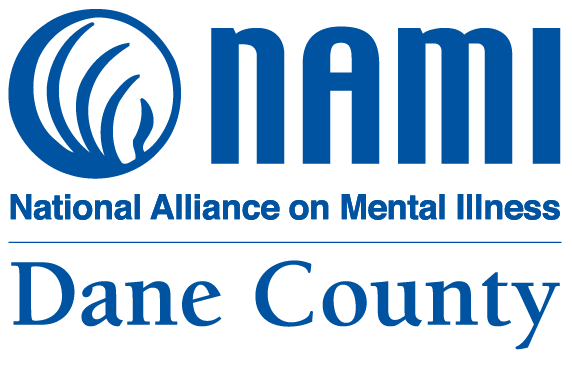Background and Research Advances in the Treatment of Schizophrenia
By: Shruti Rajan, Outreach Coordinator
Approximately 1.1% of the world’s population is diagnosed with Schizophrenia, a complex disorder best characterized as causing hallucinations and delusions (Tandon et al. 2016). Those who fall on the schizophrenia spectrum are often inundated with a varied presentation of debilitating symptoms, making it difficult for them to focus on daily tasks, staying employed, or maintaining relationships (Chien et al., 2016). The progression of the disease is just as variable as its presentation. In some clinical cases, the disease progresses periodically and is staggered with remissions. In others, it takes a chronic, stable or deteriorating course evolution (Maiai and Frank, 2013).
The most common first line of defense against schizophrenia often includes antipsychotic medication. In essence, the main goal of these medications is to reduce or eliminate symptomatology, and to prevent recurrence of emotional dysfunction. The biophysical pathway of this drug aims to restores healthy levels of various neurotransmitters, such as dopamine, by targeting proteins or other molecules involved in the central nervous system (Chien et al., 2016).
The most commonly used antipsychotics include risperidone, haloperidol, and clozapine. Despite the widespread usage of antipsychotics, there is never a shortage of controversy about their usage. The most common objection to antipsychotics remains that the side effects of the medications does not justify the benefits gained by using them. When taken over extended periods of time, these medications can cause unwanted side effects, such as significant weight gain, a loss of white blood cells that fight infection and increased risk of cardiac problems to name a few (Chien et al., 2016).
In fact, a major obstacle to treating the symptomatology of schizophrenia is patient non-compliance with the treatment plans, which often stems from the unwanted impacts of the drugs that the patient experiences.
While critical, having a patient speak up about trying new medications and treatment options is often stressful. Here is where the role of the patient’s support system becomes incredibly important.
The patient’s support system can include families, caregivers, friends, professional case managers, or others in their communities. In fact, in a 2008 NAMI national survey, more than two-thirds of caregivers (68%) are the parents or family members of the person living with schizophrenia to whom they provide care. In many drastic cases, families have also been the substitute in the face of the scarcity of therapeutic, occupational, and residential resources for schizophrenia care (Caqueo-Urízar, 2015). Therefore, the patient’s support system is crucial to pave the road to recovery. Collectively, they can work together to provide an atmosphere of support, rather than pressure and criticism to ensure that their loved one continues to take medication and keeps moving forward to reach attainable treatment goals.
On the topic of patient compliance, additional therapies and treatments have been proposed to supplement the use of antipsychotics in a patient’s recovery plan. The introduction of psychosocial treatment structures allows patients who are already stabilized on medication to deal with certain aspects of daily living skills and goals such as motivation, self-care, work and relationships. It has been shown that patient adherence to treatment increases if their medication regimen is combined with regular psychosocial treatments, such as illness management skills, rehabilitation and cognitive behavioral therapy, etc (Kane et al., 2003).
So, while individuals diagnosed with schizophrenia can face enormous challenges, ignited by the symptoms of the disorder and by the stigma harbored by our society, there is help and hope for those who seek to start their journey to recovery. Getting help can start by first learning and understanding what the diagnosis means and then seeking out the help of loved ones.
